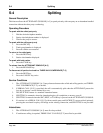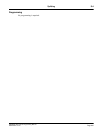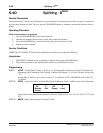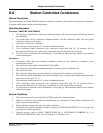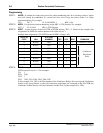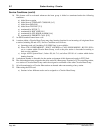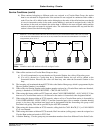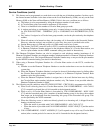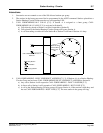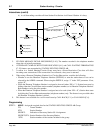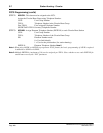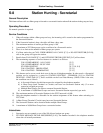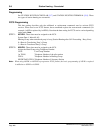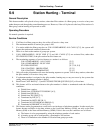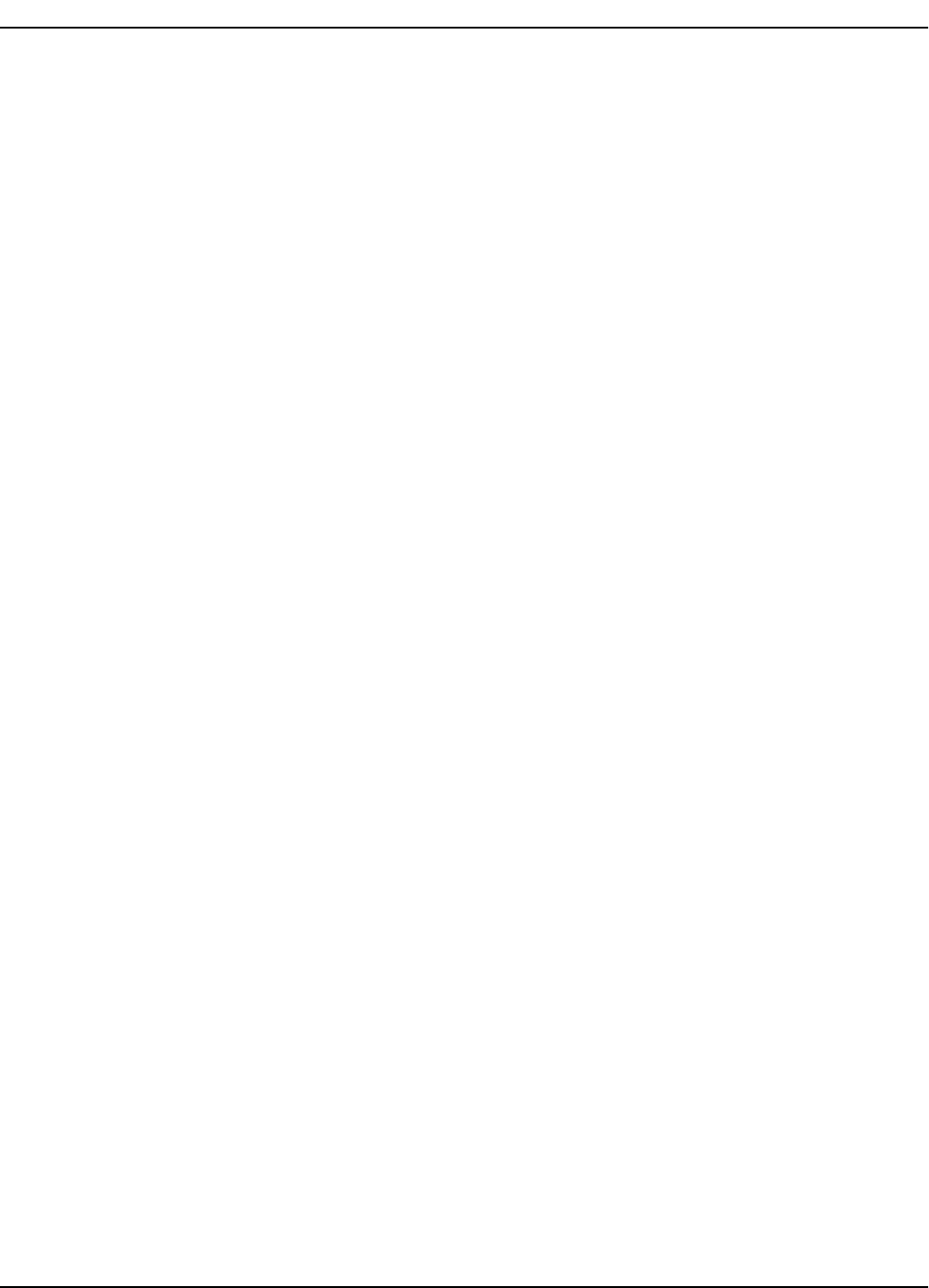
NEAX2400 IPX Feature Programming Manual
Page 654 NDA-24297, Issue 1
S-7 Station Hunting - Circular
Service Conditions (cont’d)
31. This feature can be programmed on a node basis even with the use of telephone numbers. In other words,
the feature became available via the data written on the Local Data Memory (LDM), not only on the Data
Memory (DM) or the Network Data Memory (NDM). If this is the case, conditions are as follows:
a.) The feature is to be programmed by using the telephone number of each station.
b.) A Circular Hunt group can contain a maximum of 100 stations.
c.) There is no limitation to the number of Circular Hunt groups per node.
d.) A station can belong to one hunting group only, it cannot belong to another group including that
for STATION HUNTING - TERMINAL [S-9] or UNIFORM CALL DISTRIBUTION (UCD)
[U-1].
e.) Any station, if assigned as a Circular hunt group member, can be the pilot station by the telephone
number.
f.) When all stations to be hunted are busy, the incoming call is forwarded to the Secretarial Station.
However, when the station is not assigned or is also busy, busy tone is provided to the caller.
g.) Station Hunt groups via DM and groups via LDM cannot coexist in a system.
h.) The “feature via LDM” cannot be used via FCCS, even though telephone numbers are used.
i.) A Phantom Telephone Number assigned to the telephone number of a Circular Hunt station, can
also be a pilot number via the APHNL command setting (see details in Interactions).
32. The Phantom Telephone Number can also be assigned to each telephone number (maximum of 16
Phantom Telephone Numbers per telephone number, telephone numbers + Phantom Telephone Numbers
in total = 60,000 or less). The assigned Phantom Telephone Number may or may not be the pilot number
by the APHNN command setting (see details in Interactions).
33. When using a Phantom Telephone Number for a Circular Hunt station via the FCCS, consider the
following:
a.) Whether to use the Phantom Telephone Number to start the station hunt or not can be selected by
system data.
b.) When the Phantom Telephone Number is assigned to be used: Station hunt starts by dialing either
the Circular Hunt station number (telephone number) or its Phantom Telephone Number. Both
numbers can be the pilot number.
c.) When the Phantom Telephone Number is assigned not to be used: Station hunt starts by dialing
the Circular Hunt station number (telephone number) only. The feature is not provided when the
Phantom Telephone Number is dialed.
34. The following are the conditions when STATION HUNTING - CIRCULAR is programmed on LDM.
a.) When a call is directly placed to a Circular Hunt station, CALL FORWARDING - ALL CALLS
[C-5] is normally activated (the call is forwarded to the designated station).
b.) When a call to a Circular Hunt Station is forwarded by CALL FORWARDING - BUSY LINE
[C-2] and the forwarded party (also a member of another hunting group) is also busy, the resultant
hunt target can be designated from the forwarding side group or the forwarded side group. This
can be specified by the ASYD command.
c.) When the following occurs, a station not directly placed to an incoming call, is skipped from the
hunting circulation process:
• When the station is provided with CALL FORWARDING - ALL CALLS [C-5].
• When the station is provided with CALL FORWARDING - BUSY LINE [C-2] and the station
is busy.
d.) CALL FORWARDING - DON’T ANSWER [C-3] will respond to any call to any Circular Hunt
station (after a certain period of no answer, the call is forwarded to the designated station).



